Sydney more Asian than European
CHINA has overtaken England and New Zealand as the most prominent country of birth in Sydney, according to the latest Census, released by the Australia Bureau of Statistics today.
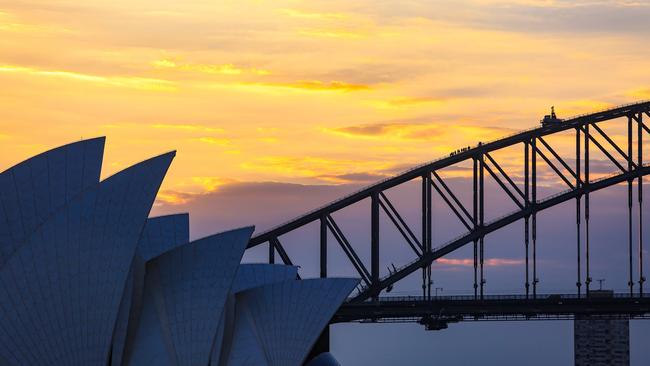
NSW
Don't miss out on the headlines from NSW. Followed categories will be added to My News.
CHINA has overtaken England and New Zealand as the most popular country of birth in Sydney, according to the latest Census, released by the Australia Bureau of Statistics today.
4.7 per cent of the Greater Sydney population comes from China, followed by England on 3.1.
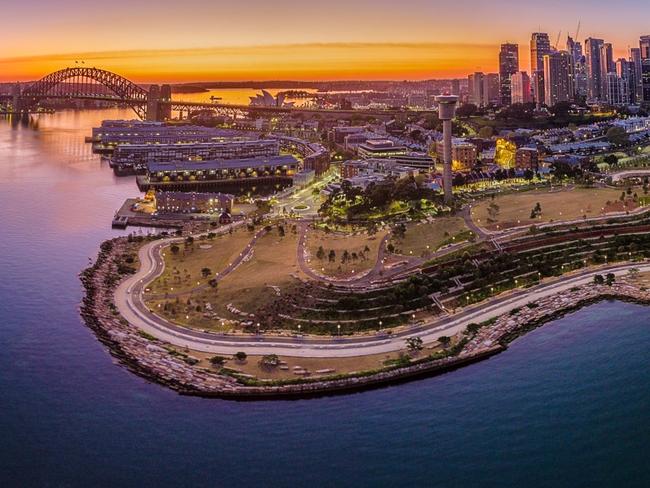
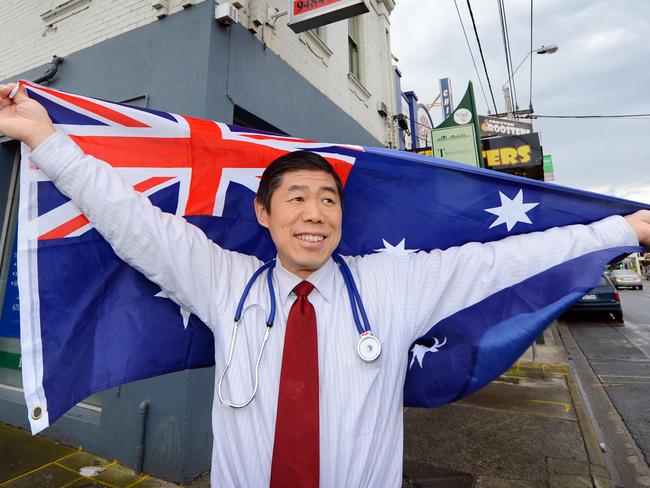
Nationally, 1.3 million new migrants have come to Australia since 2011, hailing from some of the 180 countries of birth recorded in the Census, with China (191,000) and India (163,000) being the most common countries of birth of new arrivals.
Of all Australian residents, just more than a quarter of people (26 per cent) said they were born overseas, with England remaining the most common country of birth other than Australia.
For the first time in our history, the majority of people born overseas are now from Asia, not Europe.
Other results have found Melbourne is growing faster than Sydney.
The census refers to Sydney as the “crown jewel” of NSW and it remains Australia’s most populated city with over 1,600 people moving to Sydney every week.
There were 4,823,991 residents in Sydney on census night — a growth of 9.8 per cent since 2011.
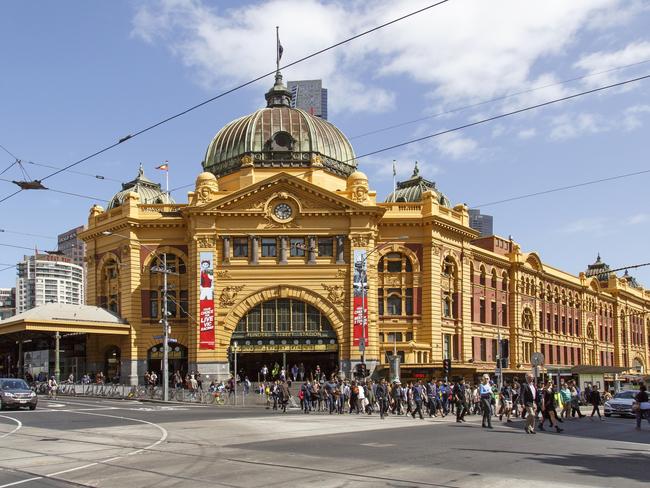
Bringelly - Green Valley was the fastest growing region in New South Wales since 2011. They saw a population increase of 28 per cent since 2011 from 80,000 people in 2011.
Maitland was the fastest growing region outside of Sydney Greater recording a 15.5 per cent population growth
Every week, 1,656 people have moved to Sydney from interstate or overseas, since the last Census in 2011.
The population growth in greater Sydney between 2011 and 2016 of 9.8 per cent lags behind growth seen in Melbourne, Brisbane, Perth and Darwin.
Darwin’s population growth rate was the greatest with a boost of 13.5 per cent while in Melbourne it is 12.1 per cent growth.
Melbourne has been increasing by around 1,859 people every week since 2011.
In terms of religion, New South Wales had the highest religious affiliation with 66 per cent of people reporting a religious affiliation while Tasmania was the lowest at 53 per cent.
Christianity remains Australia’s dominant religion.
Other results include the average weekly income for people aged 15 years and over in greater Sydney is $719, higher than the national average of $662.
New South Wales is home to the highest number of people of Aboriginal and Torres Strait Islander origin with more than 216,000 people.
Australian Statistician David W. Kalisch said majority of Australians completed the Census last year.
“The 2016 Census had a response rate of 95.1 per cent and a net undercount of 1.0 per cent,” he said.
“This is a quality result, comparable to both previous Australian Censuses and Censuses in other countries, such as New Zealand, Canada, and the United Kingdom.
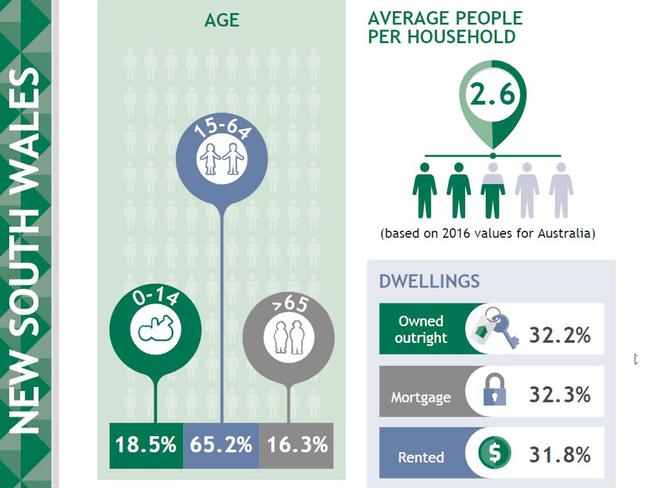
“63 per cent of people completed the Census online, embracing the digital-first approach and contributing to faster data processing and data quality improvements.
“2016 Census data provides a detailed, accurate and fascinating picture of Australia, which will be used to inform critical policy, planning and service delivery decisions for our communities over the coming years,” he said.


